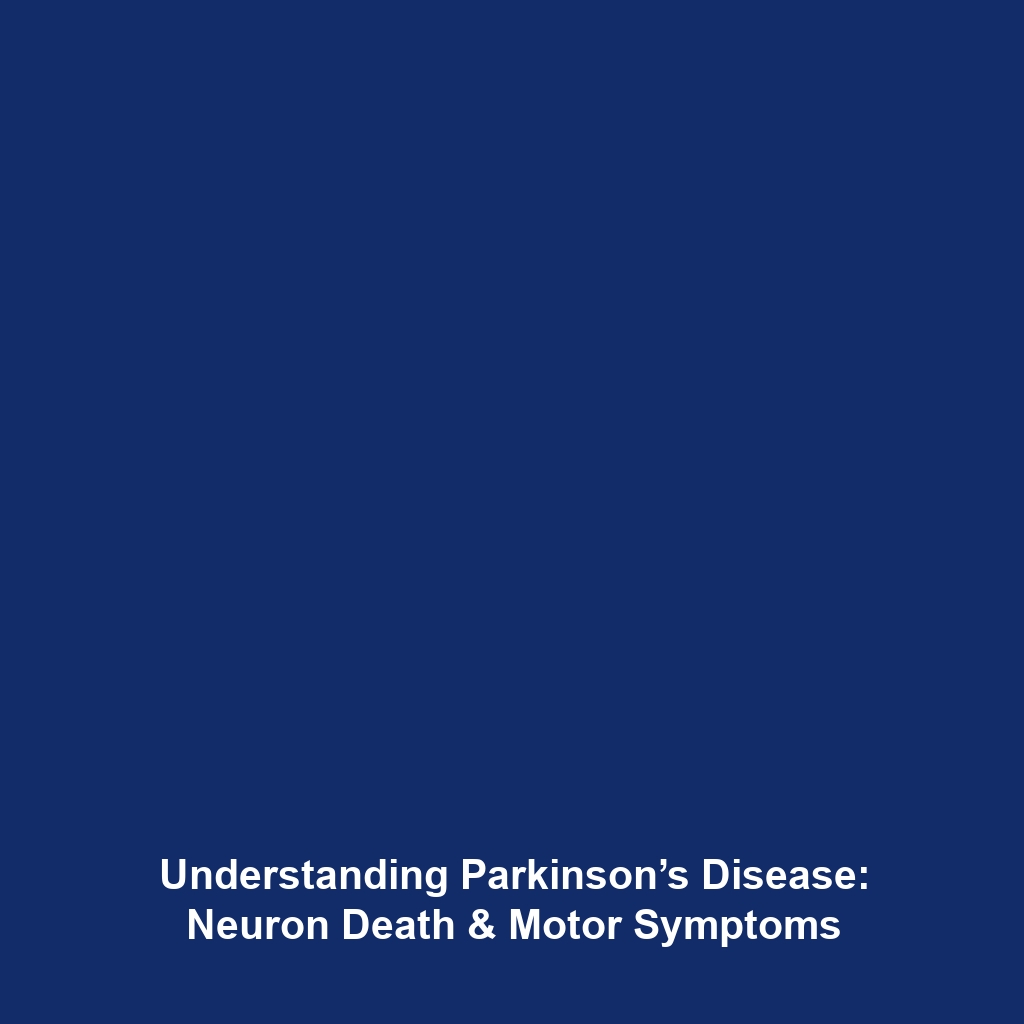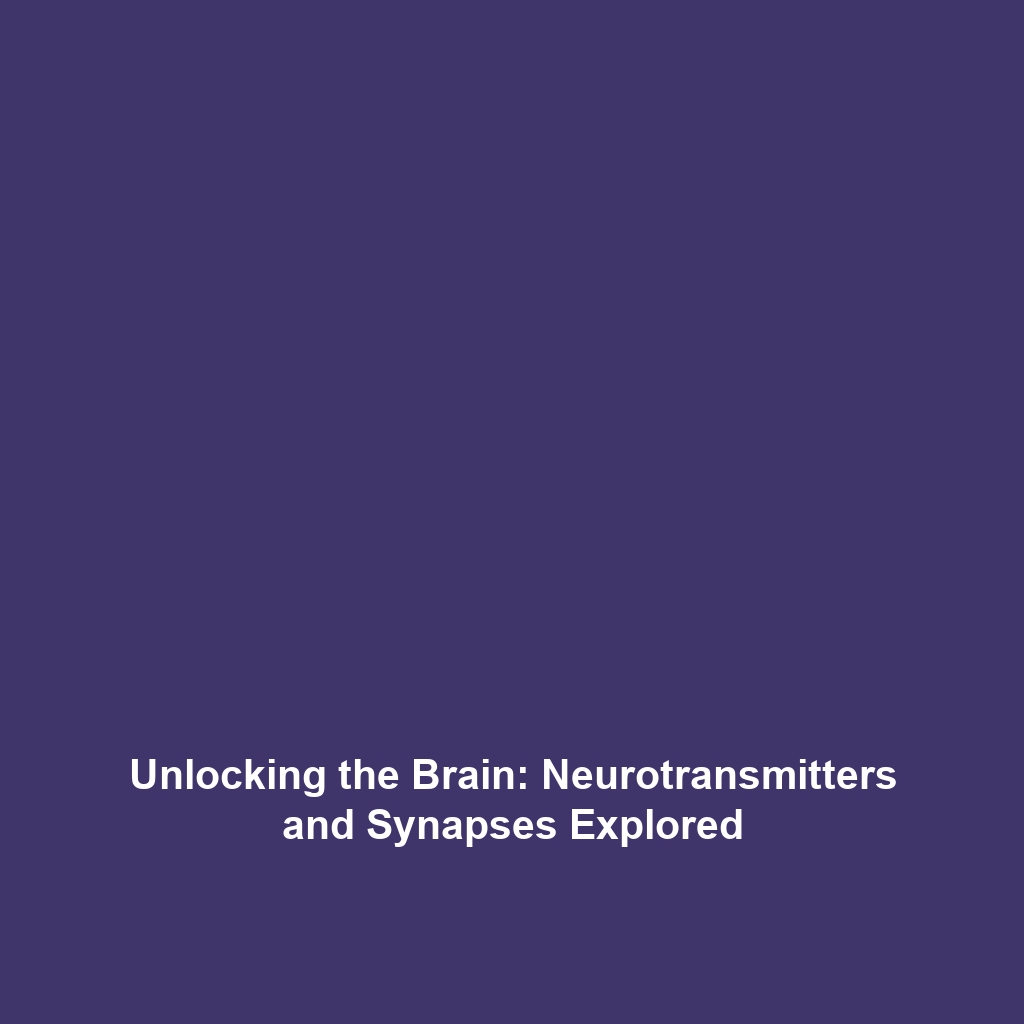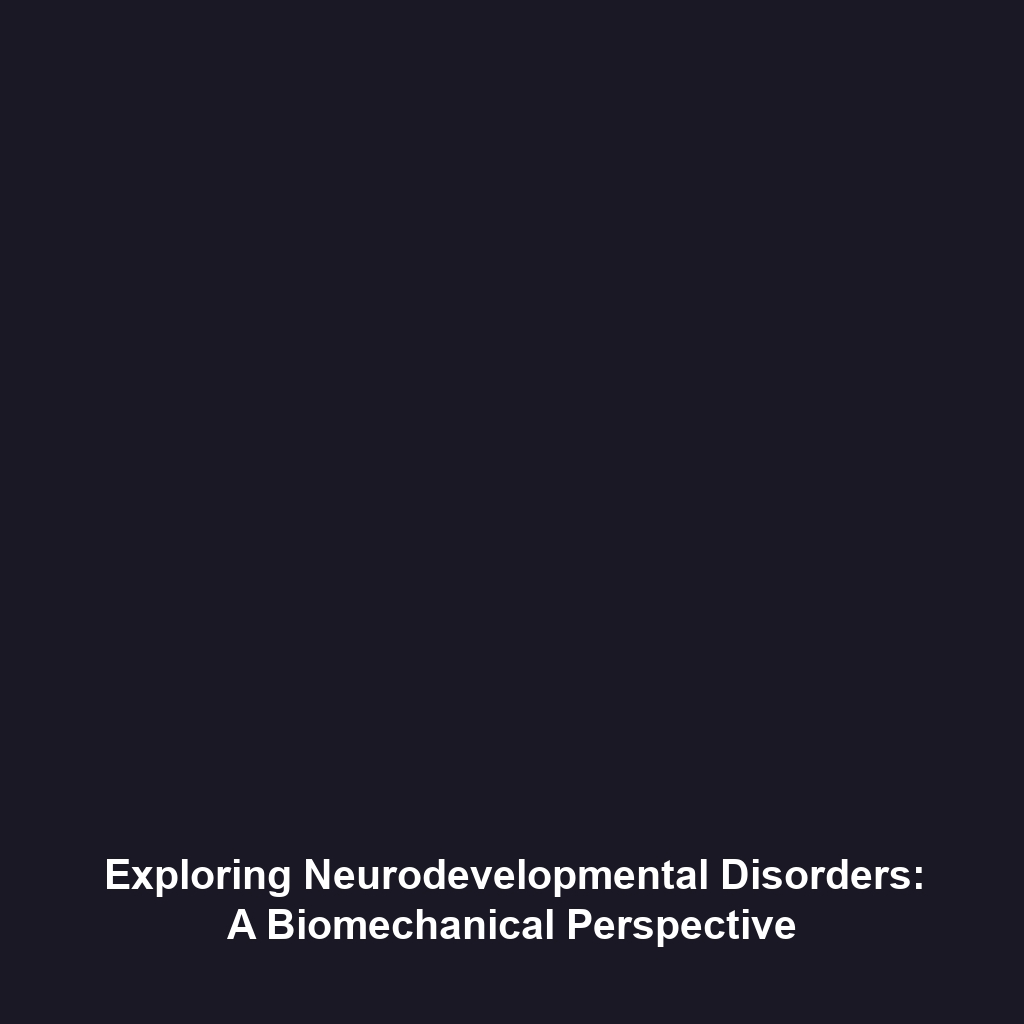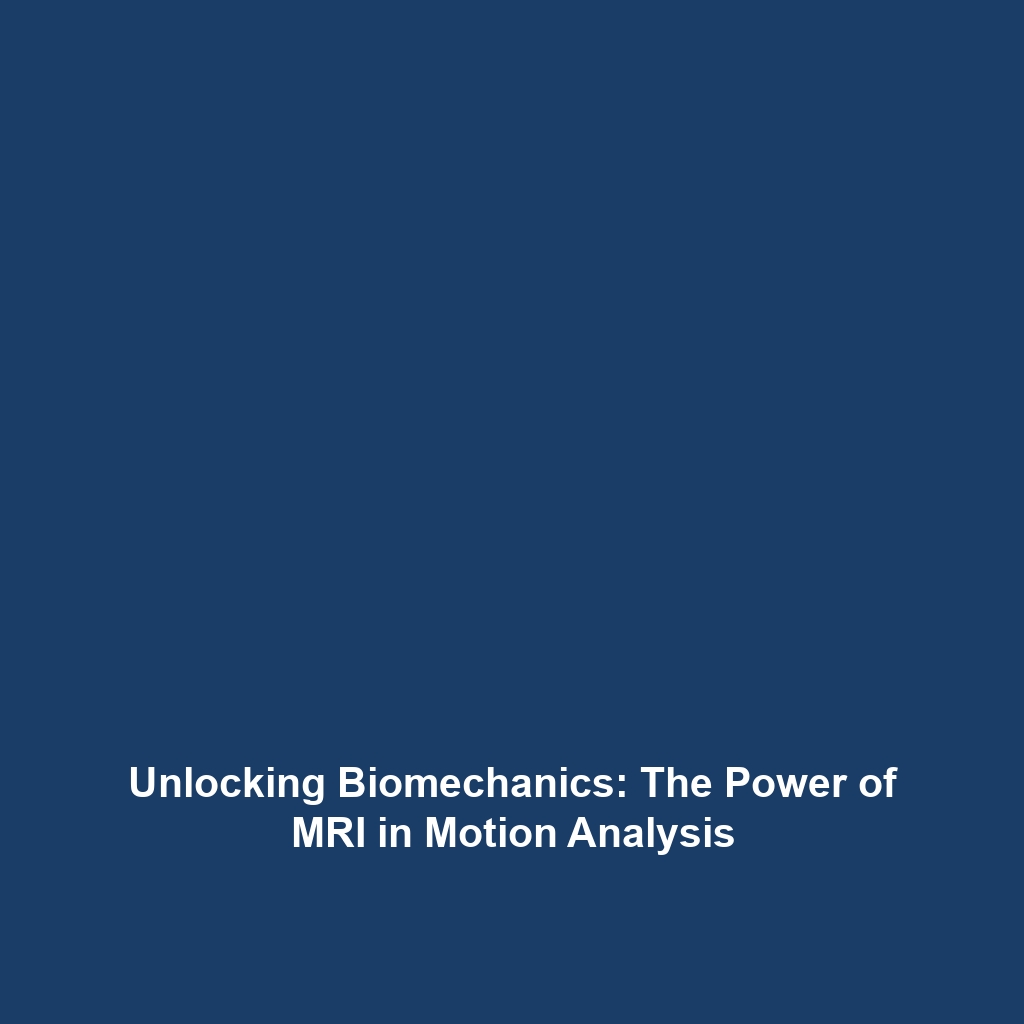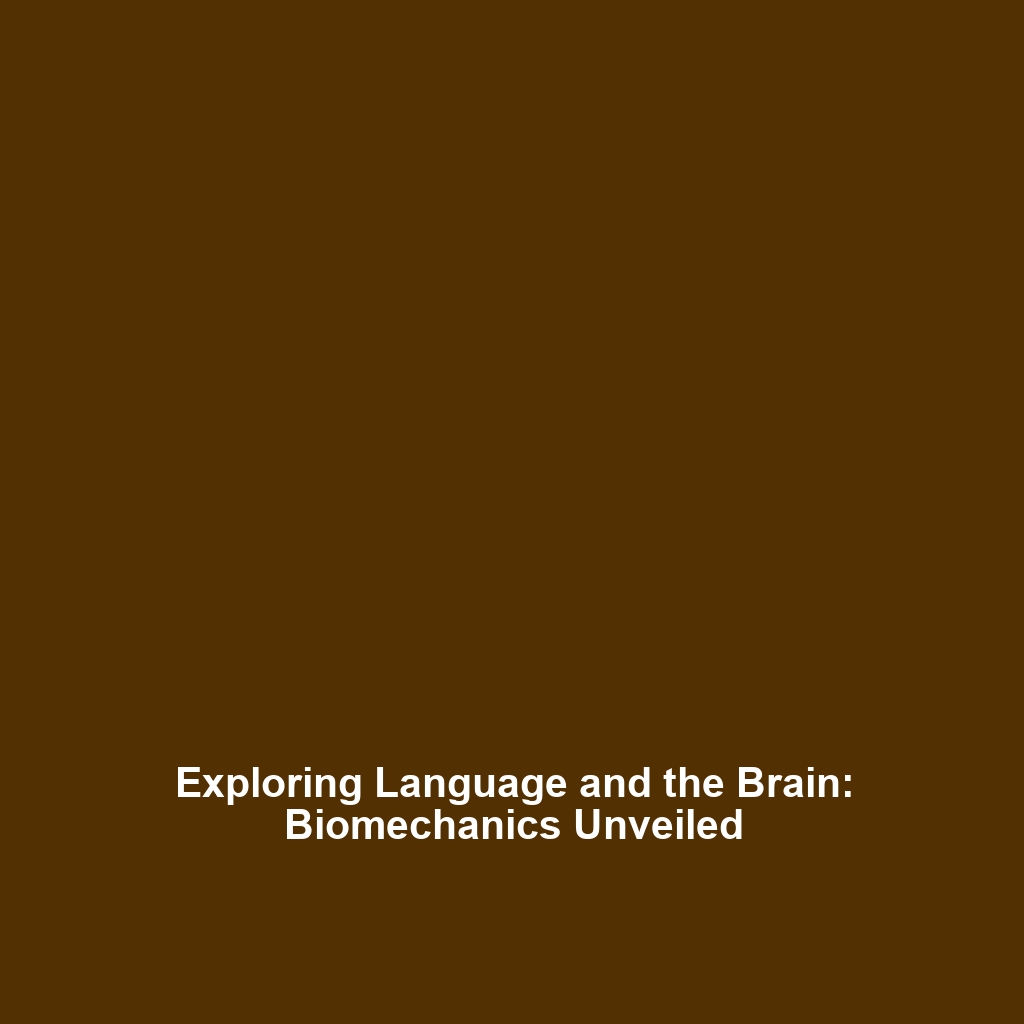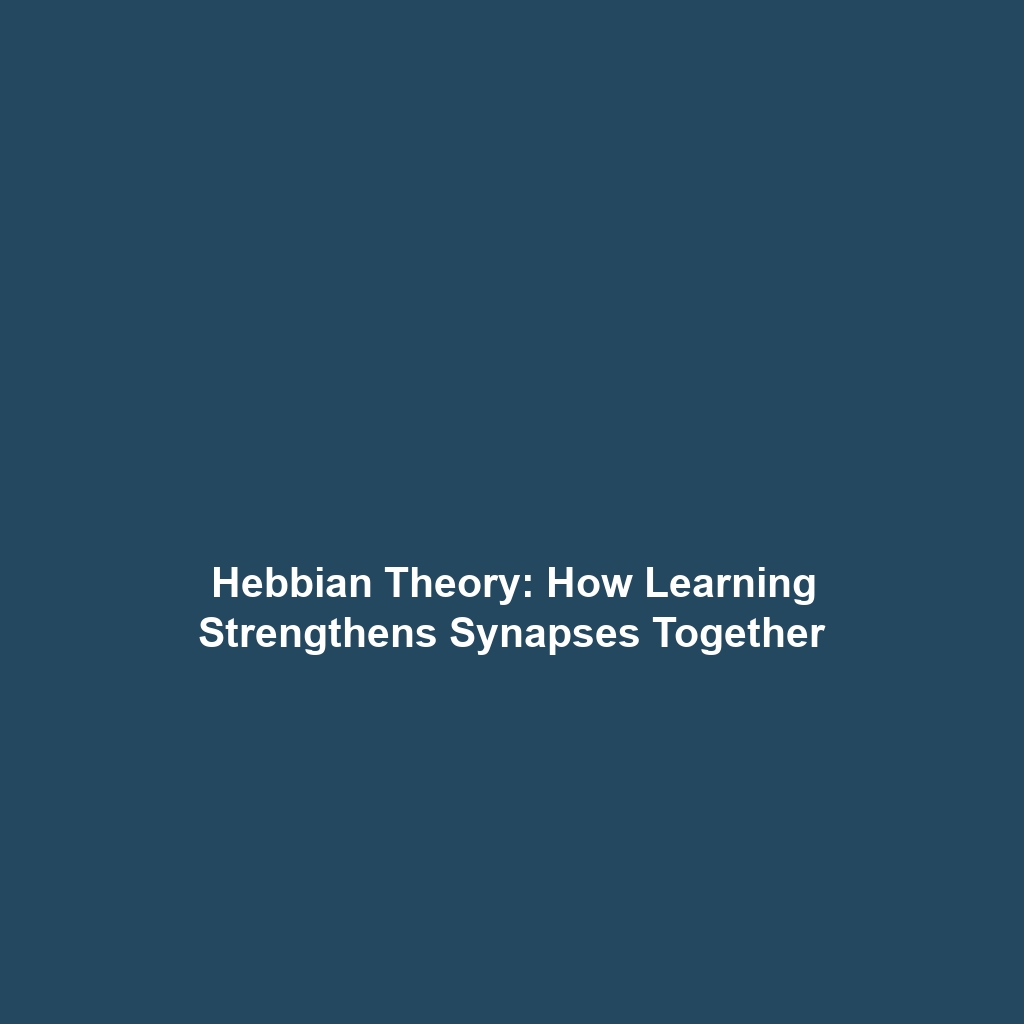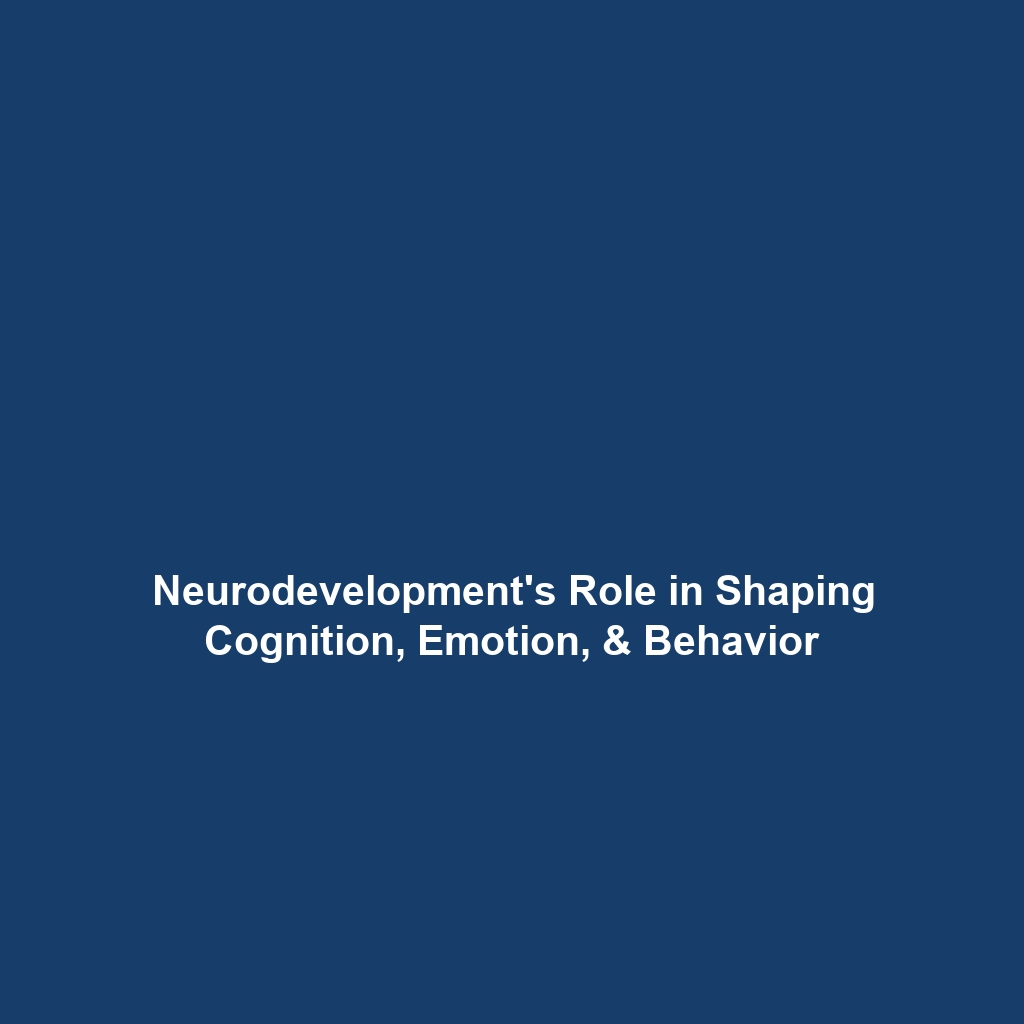Parkinson’s Disease: A Biomechanical Perspective
Parkinson’s Disease is a progressive neurodegenerative disorder characterized by the death of dopamine-producing neurons in the substantia nigra, leading to a range of motor symptoms including tremors, rigidity, and bradykinesia. Understanding Parkinson’s Disease in the context of biomechanics is crucial as it provides insights into the physical implications and movement challenges that arise due to the disease. Within this article, we will explore the key concepts of Parkinson’s Disease, its applications, challenges in research, and innovations that may shape its treatment and management in the future.
Key Concepts of Parkinson’s Disease and Biomechanics
Parkinson’s Disease affects motor functions significantly, impacting an individual’s ability to perform daily activities. Key biomechanical concepts related to this disease include:
- Dopamine Imbalance: The depletion of dopamine leads to impaired neuromuscular coordination.
- Tremors and Rigidity: These hallmark symptoms result in altered movement patterns and reduced Range of Motion (ROM).
- Postural Instability: A biomechanical challenge, as patients often struggle with maintaining balance and posture.
Applications and Real-World Uses
Understanding the biomechanics of Parkinson’s Disease has led to several practical applications, including:
- Physical Therapy: Tailored interventions designed to improve mobility and strength.
- Robotics and Assistive Devices: Development of wearable technology to aid movement and reduce falls.
- Biomechanical Assessments: Evaluating gait and posture through motion capture systems to enhance treatment plans.
Current Challenges in Studying Parkinson’s Disease
Research on Parkinson’s Disease presents several challenges, including:
- Limited understanding of the disease pathology and progression.
- Challenges in creating personalized treatment modalities to address individual motor symptoms.
- Recognition of variations in response to treatment among patients.
Future Research and Innovations
Looking ahead, several innovations could change the landscape of Parkinson’s Disease management:
- Neurotechnology: Advances in brain-computer interfaces that assist with movement.
- Gene Therapy: Potential methods to restore dopamine production or protect neurons.
- Wearable Sensors: Development of smart clothing that monitors movement and provides real-time feedback.
Conclusion
Parkinson’s Disease poses significant challenges related to motor function and biomechanics. Understanding its implications can lead to better therapeutic strategies and improved quality of life for affected individuals. Continued research and innovation are critical to overcoming existing challenges. For further reading, explore our articles on physical therapy techniques and biomechanics in sports science.
